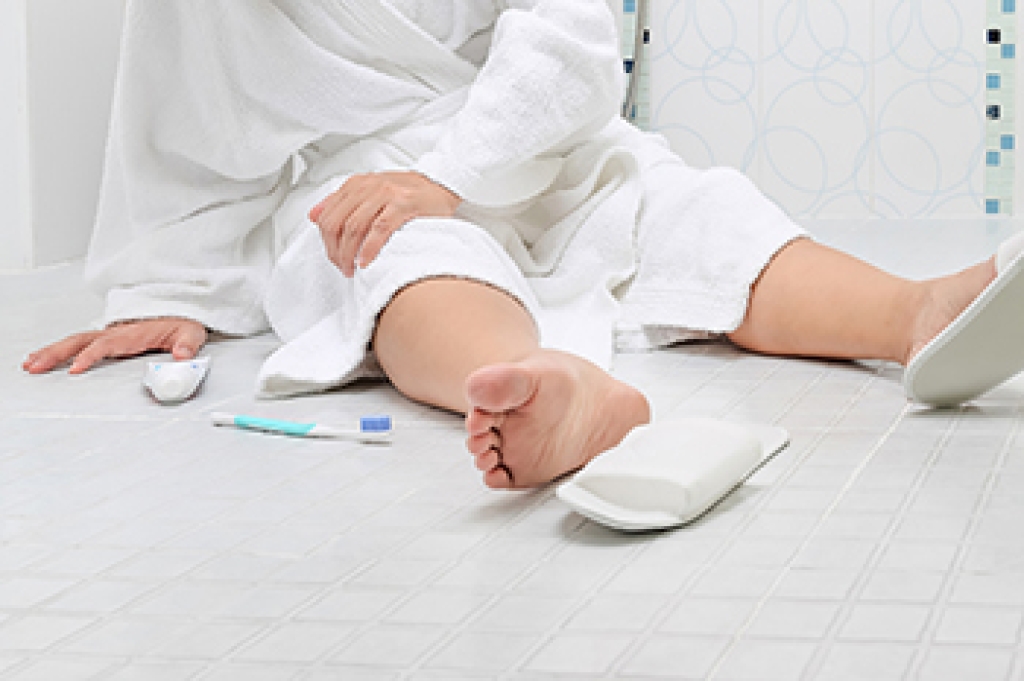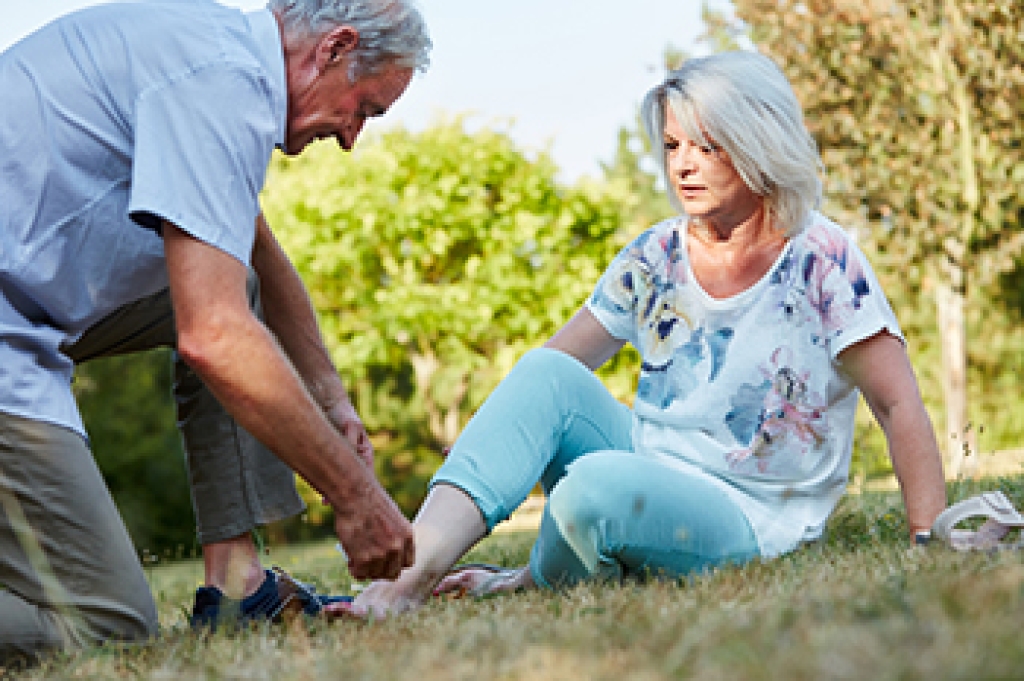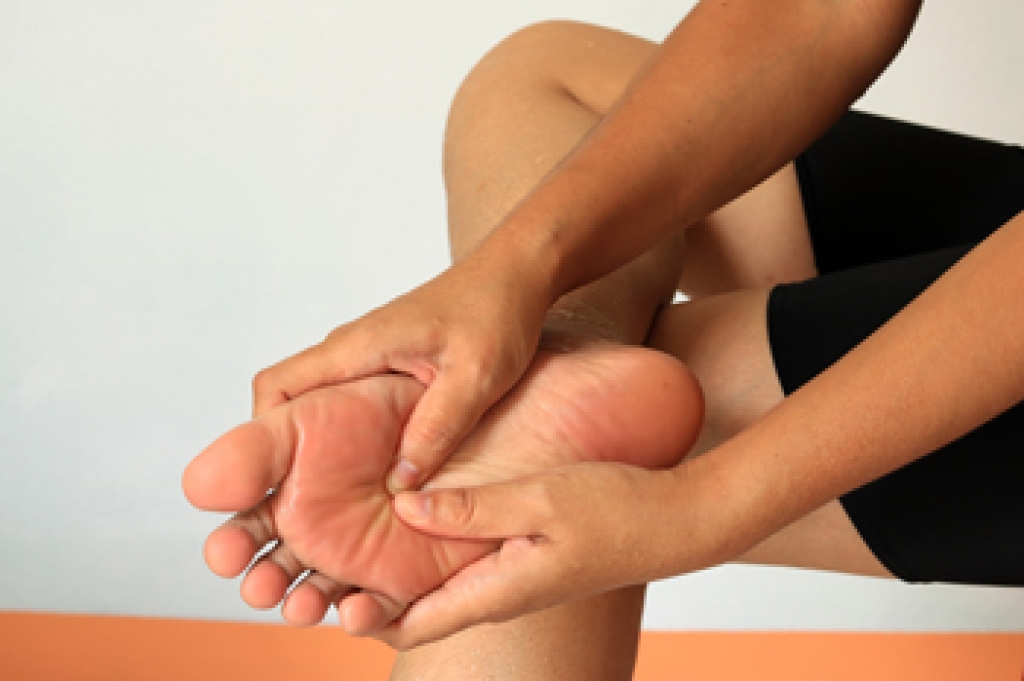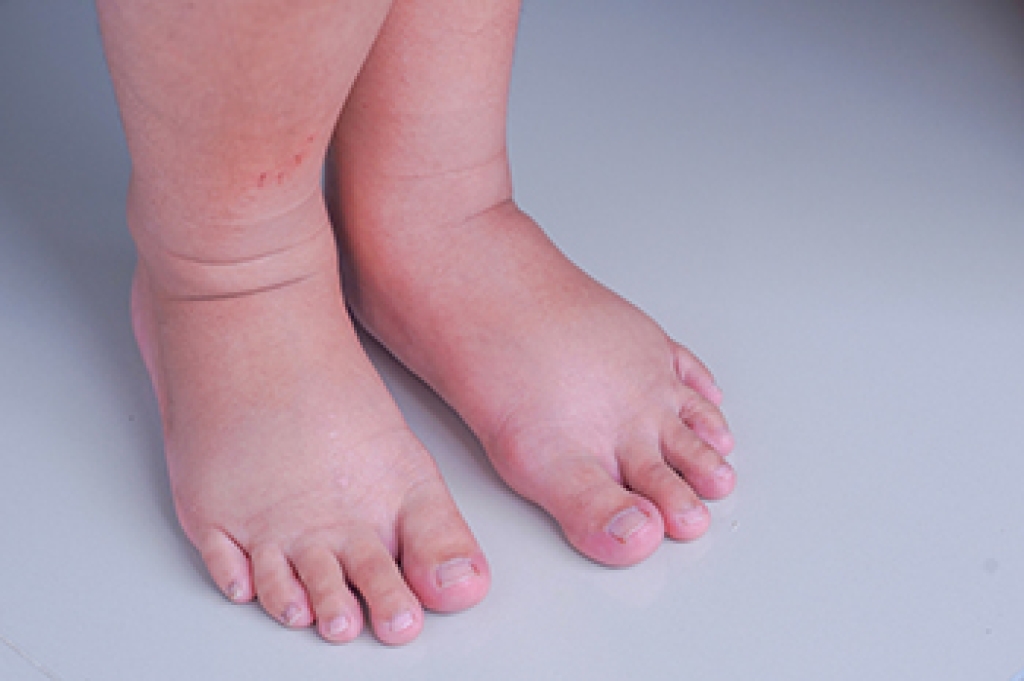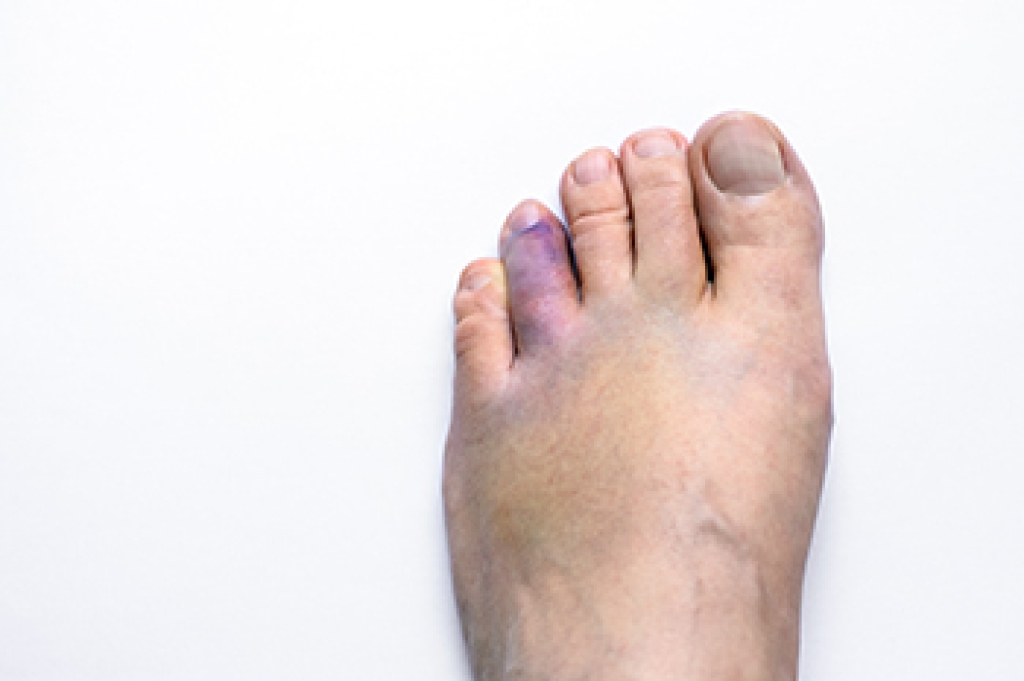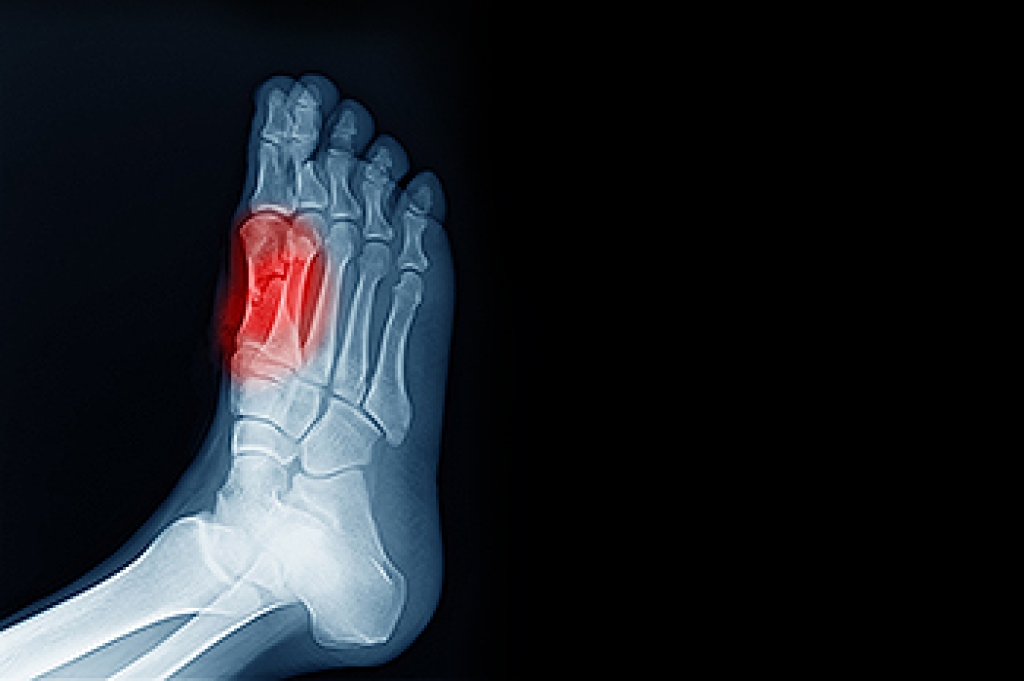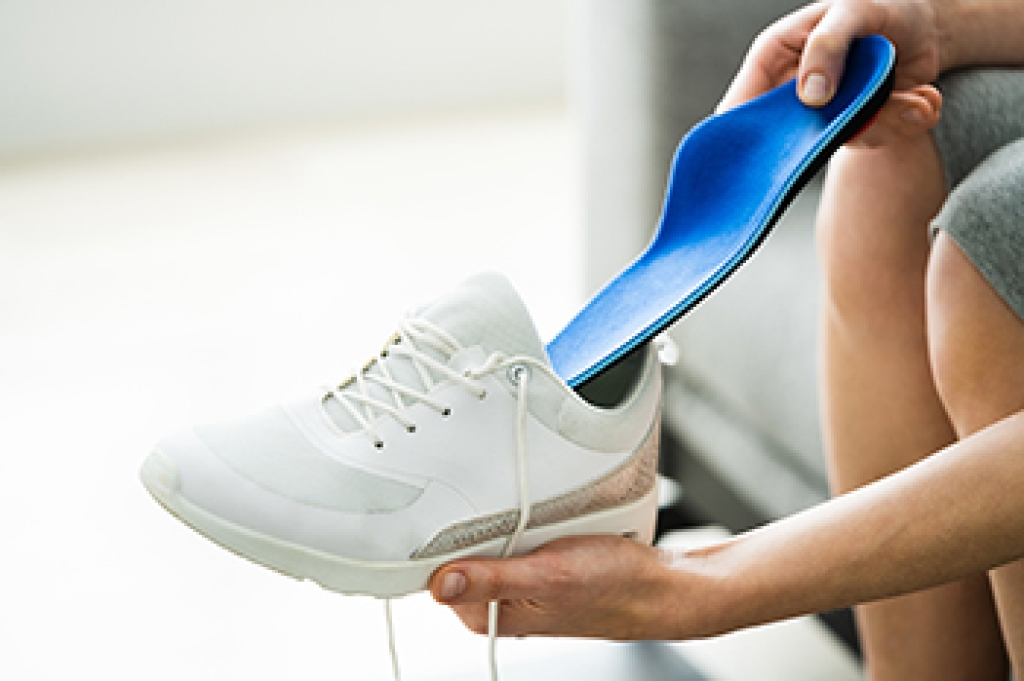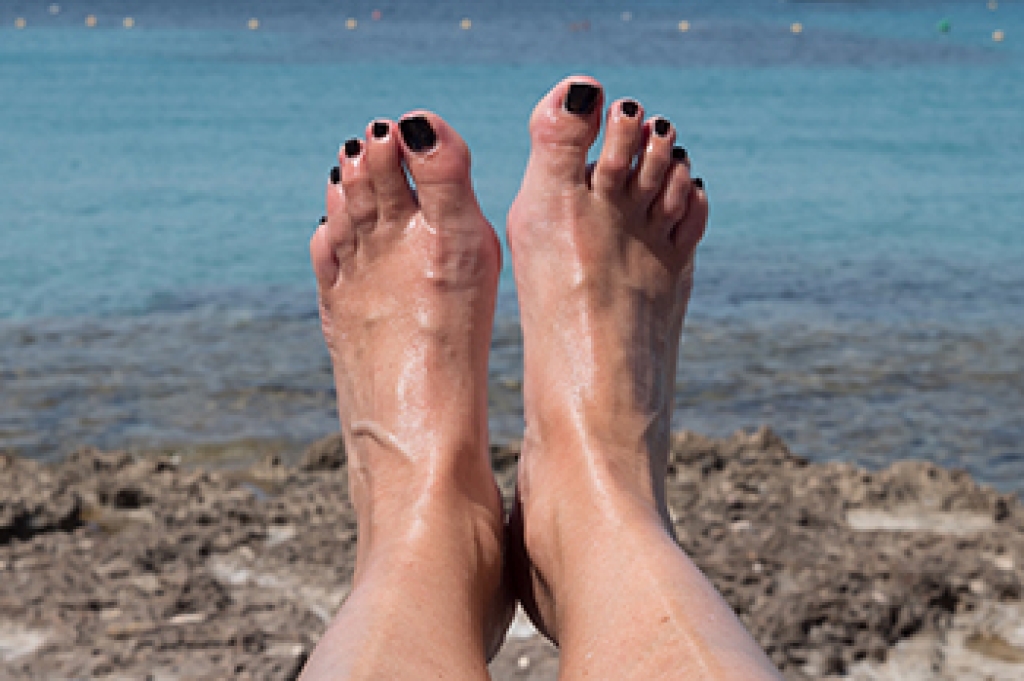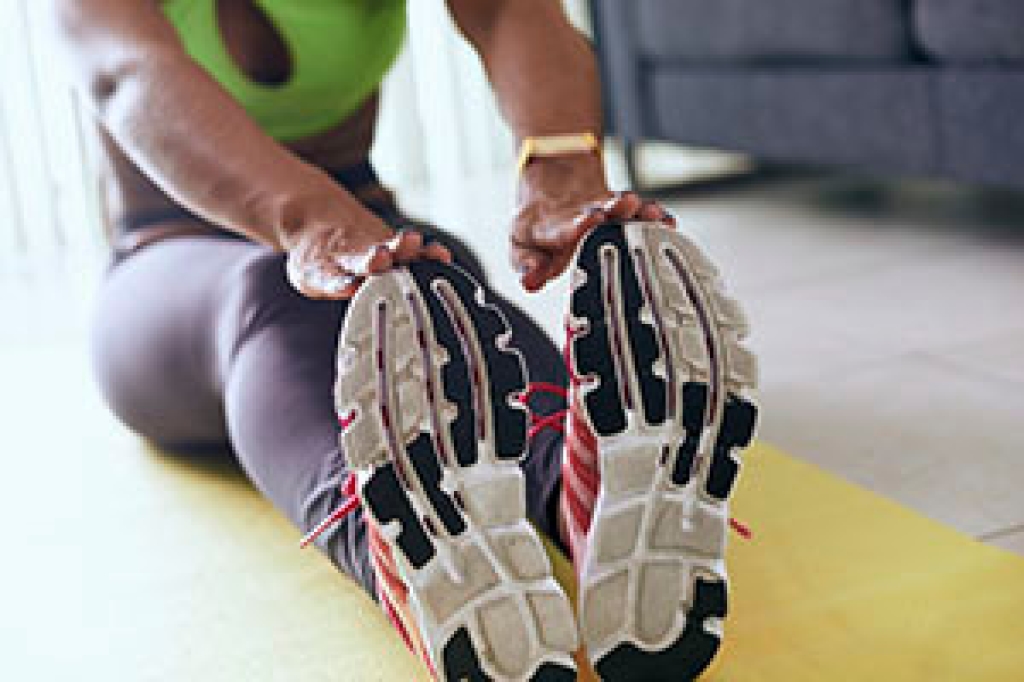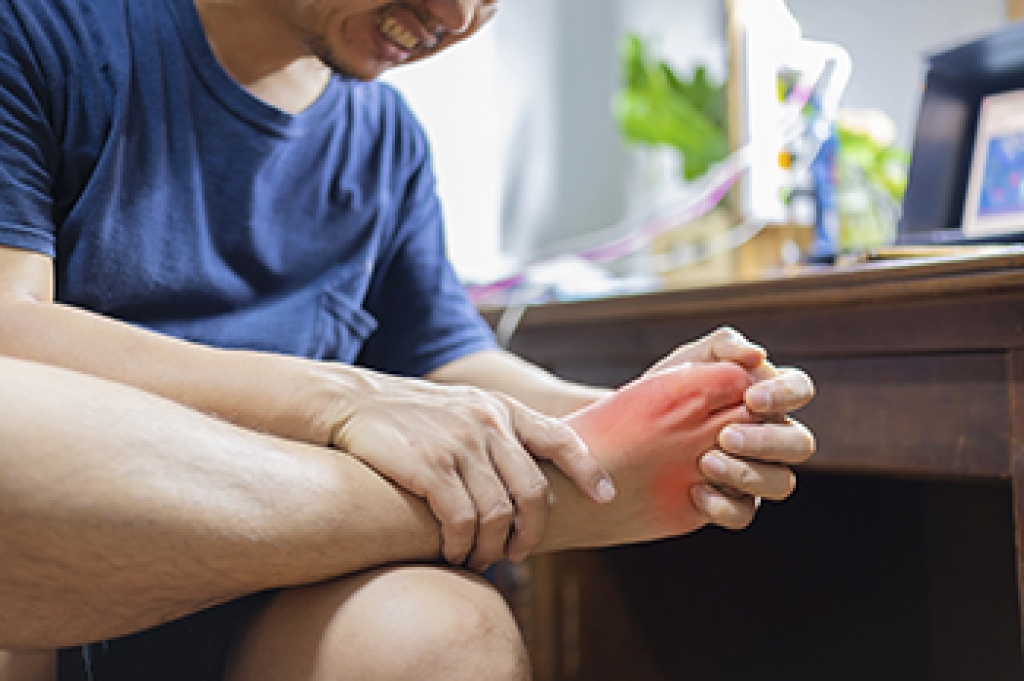
Gout is a type of arthritis that can cause severe pain and discomfort. Gout develops due to excess uric acid in the body which leads to the formation of sharp crystals in the joints. These crystals can trigger inflammation and cause intense pain, often affecting the big toe, knees, ankles, and other joints. Several factors can contribute to gout, such as a diet rich in purines found in red meat, seafood, and sugary drinks. Family history, obesity, and certain medications can also contribute to gout. To manage this condition, you must make healthy lifestyle choices, which include eating a balanced diet, exercising regularly, and drinking plenty of water. Medications can help reduce pain and control uric acid levels. Early diagnosis and proper management are pivotal in preventing gout attacks and potential joint damage. If you experience joint pain in the big toe, it is suggested that you consult with a podiatrist.
Gout is a foot condition that requires certain treatment and care. If you are seeking treatment, contact Kent DiNucci, DPM from Ankle and Foot Clinic . Our doctor will treat your foot and ankle needs.
What Is Gout?
Gout is a type of arthritis caused by a buildup of uric acid in the bloodstream. It often develops in the foot, especially the big toe area, although it can manifest in other parts of the body as well. Gout can make walking and standing very painful and is especially common in diabetics and the obese.
People typically get gout because of a poor diet. Genetic predisposition is also a factor. The children of parents who have had gout frequently have a chance of developing it themselves.
Gout can easily be identified by redness and inflammation of the big toe and the surrounding areas of the foot. Other symptoms include extreme fatigue, joint pain, and running high fevers. Sometimes corticosteroid drugs can be prescribed to treat gout, but the best way to combat this disease is to get more exercise and eat a better diet.
If you have any questions please feel free to contact our office located in Omaha, NE . We offer the newest diagnostic and treatment technologies for all your foot and ankle needs.
